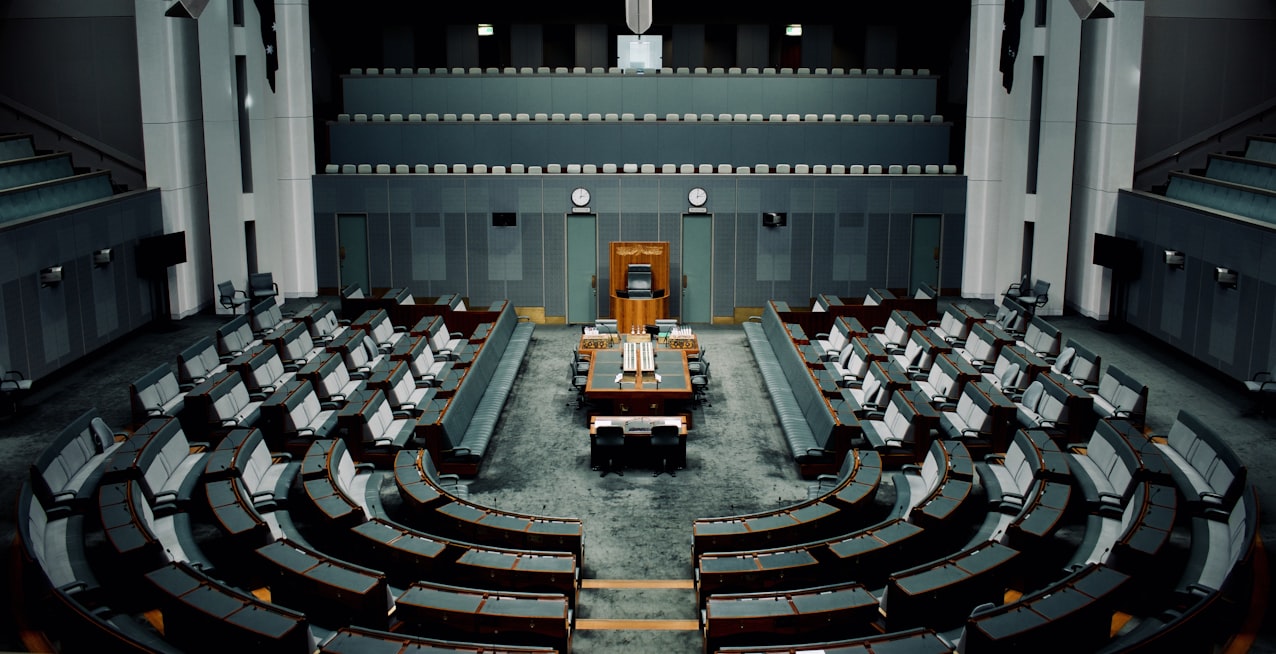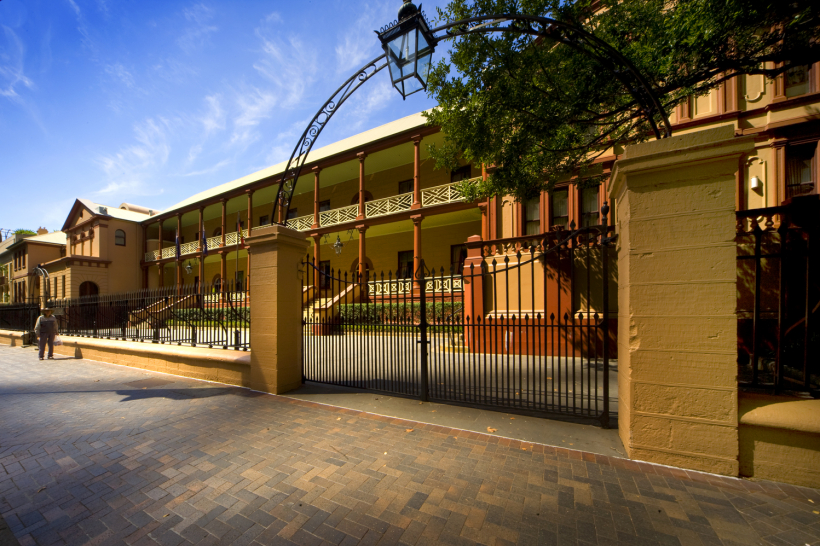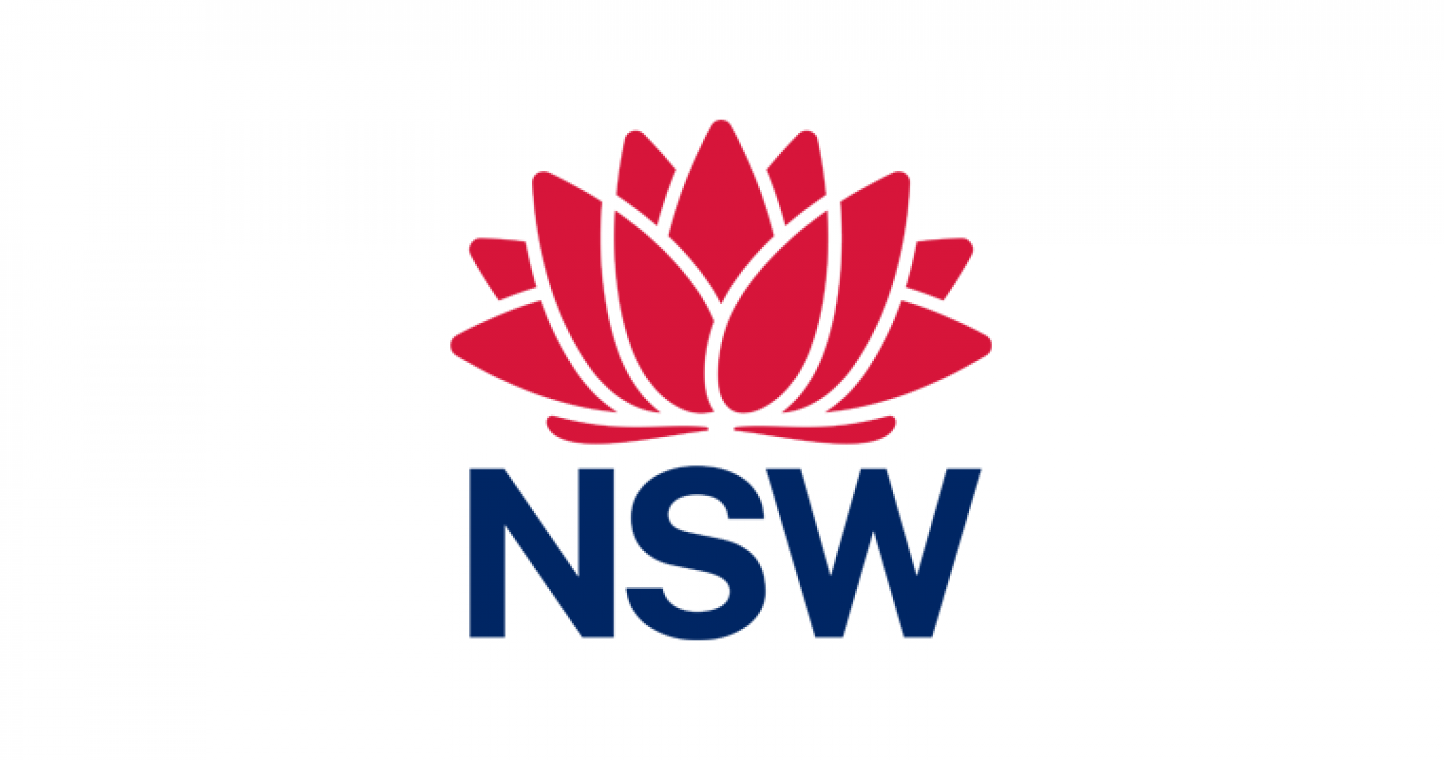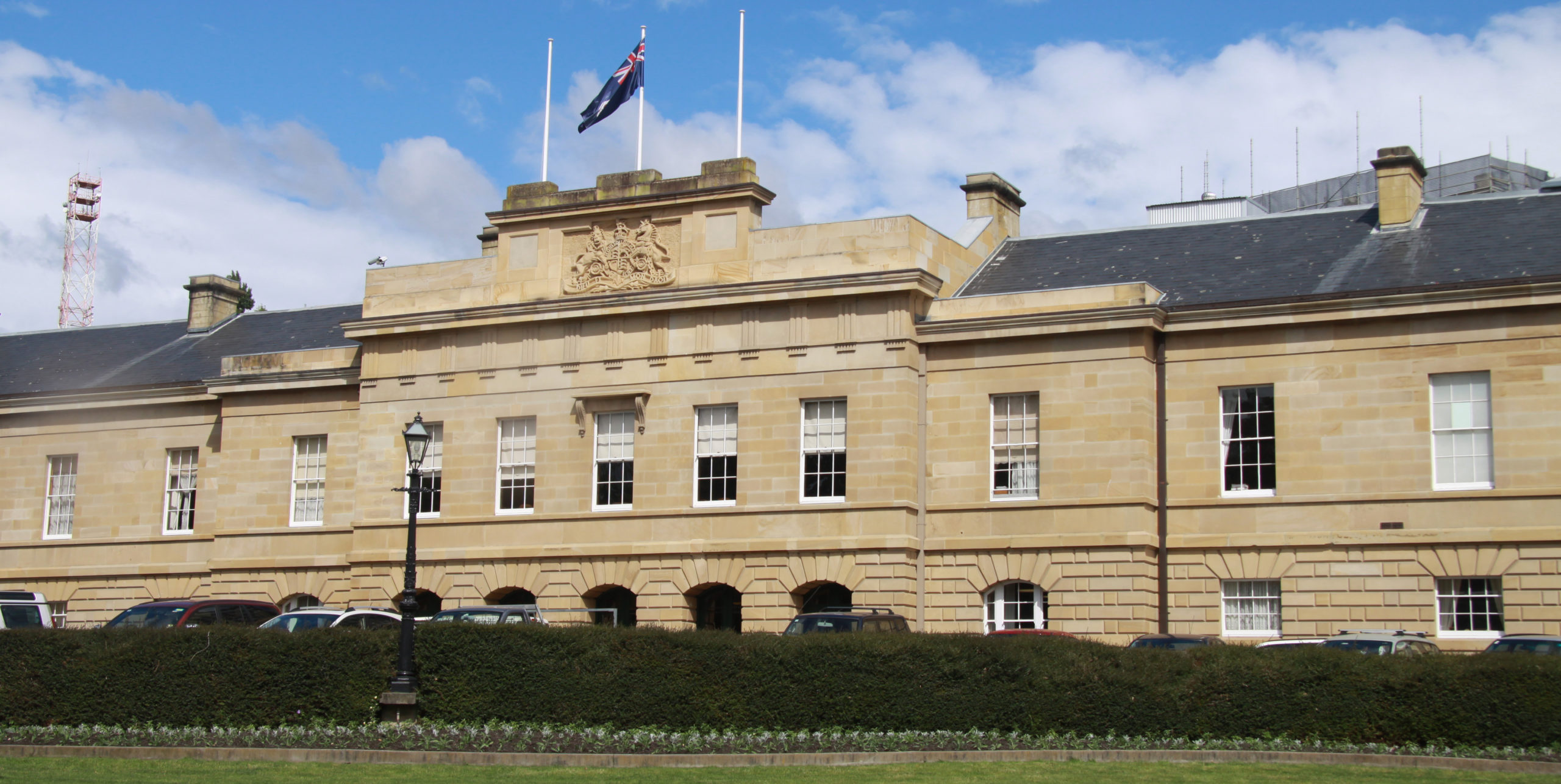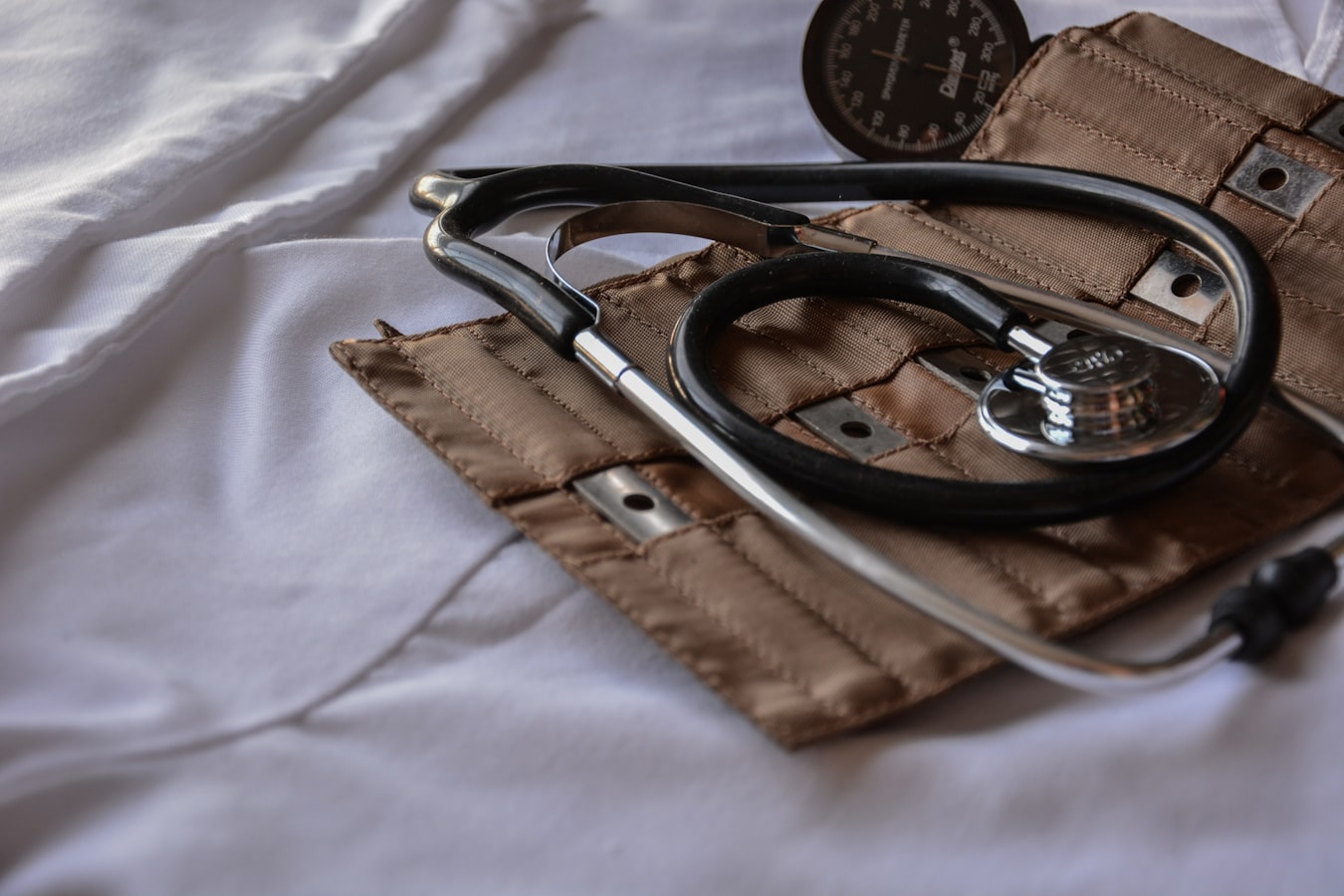The Department of Health and Aged Care has confirmed the private health sector has just 11 months until a funding cliff that will have dire consequences for thousands of patients in hospitals around Australia.
Hospitals could be forced to cut back services and patient costs for surgery could soar after the Department backtracked on ensuring funding would continue to flow from private health insurers for almost 500 essential medical devices.
“Now items, such as staples and skin glues that are used to close wounds during surgery, will be removed from the Prostheses List on 1 July 2024, with no mandated funding arrangements after that date,” said Catholic Health Australia Health Director, Caitlin O’Dea.
“This unexpected U-turn has come as a complete shock to the hospital sector. We are heading for disaster.”
In December 2022 Health Minister Mark Butler announced that health insurers would continue to be required to reimburse hospitals for the items via a new funding mechanism. The Department of Health and Aged Care has since reneged on that policy.
“Millions of dollars and years of good faith consultation have been flushed away in a fiasco concluding with the Department washing their hands of responsibility for ensuring good public policy outcomes for consumers.
“From mid next year, funding for these essential medical devices will disappear and hospitals will face the huge funding cliff that we, and indeed the Department’s own review, have been warning about for the past two years.
“The effects of this funding cliff would be disastrous, and the ball is now firmly in the Health Minister’s court. It is imperative that Health Minister Butler steps in and reaffirms his December 2022 commitment that an alternative funding mechanism will be in place to ensure private patients do not face inflated costs when they have surgery.
“The Department’s decision to remove these items from their existing funding mechanism lets health insurers off the hook and makes this a $200 million problem for patients and hospitals. What is the point of health insurance if not to fund members’ healthcare?
“Our member hospitals are all not-for-profit and this will cost them $80 million. They do not have a bucket of money they can tap into to cover this U-turn, so something will have to give. Either procedures which require a high volume of these unfunded items will be withdrawn, services will shut, or consumers will be left out of pocket. These are impossible options to deal with.
“The Department naively suggests that hospitals and health insurers can simply sort it out among themselves. Considering the Department could not make headway on this in two years despite its significant weight and the resources available to it, it is unrealistic to expect industry to do it alone in less than half that time.
“Regional hospitals and surgeries performed on women such as caesareans, breast cancer operations and bariatric surgeries will be particularly impacted.
“Given the enormous risk posed to rural and regional patients, and particularly women, the Health Minister must intervene. Access to these essential medical devices can be maintained by mandating itemised funding via the Benefit Requirement Rules. We know this is possible because this is the alternate funding mechanism announced by the Minister in December 2022.
“We are not asking for the moon. We are not asking for a single extra cent. We are simply asking that these essential medical devices continue to be funded. Cool heads and sense must prevail to avoid impacts on accessibility of services and cost of care for patients.
“The Minister now has a brief window to correct the Department’s mistake and direct them to ensure these essential medical devices continue to be funded past 1 July 2024.”
Additional quotes:
Michael Krieg, Group Executive Hospitals, UnitingCare Queensland:
“Private hospitals are already under enormous pressure as a result of increasing costs, spiralling health inflation, the COVID-19 pandemic, and years of underpayment from private health insurers. Removing funding for general use surgical items will see reduced surgeries and increasing patient out of pocket expenses. Already stretched waiting times in the public system are bound to increase as a result.”
Sue Williams, CEO Cabrini Australia:
“At this point in the process it is important to reflect on the gains that have already been made. Over the past year, these general use surgical items have had their prices reduced to the public sector reference price. They are now the most competitively priced medical devices on the Prostheses List. This is a massive win for consumers and the reforms of these items should stop there.”
Joel Reading, Director of Hospital Services, Ozcare:
“We would like to lift our capacity, but we are hesitant to embark on new services in the current climate. It is already difficult to make ends meet. We are very concerned about the impact these changes to general use surgical items will have, particularly on endoscopy with endoscopic clips one of items having its funding removed.”
Additional background:
More than 70 per cent of surgeries impacted by this change are performed on women. Services affected would include breast cancer surgeries, which each need on average $500 worth of these surgical items, and bariatric surgeries where the items used cost an average $4,000 per procedure. Gynaecological surgery and caesarean births would also be disproportionately affected as those procedures also require a high volume of these essential medical devices to be used in theatre. The assessment commissioned by the Department titled ‘Review of the General Miscellaneous Category of the Prostheses List,’ as well as the Department’s own Clinical Implementation Reference Group both stated that before these essential medical items could be removed from the Prostheses List an alternative funding mechanism must be found to avoid unintended consequences.


